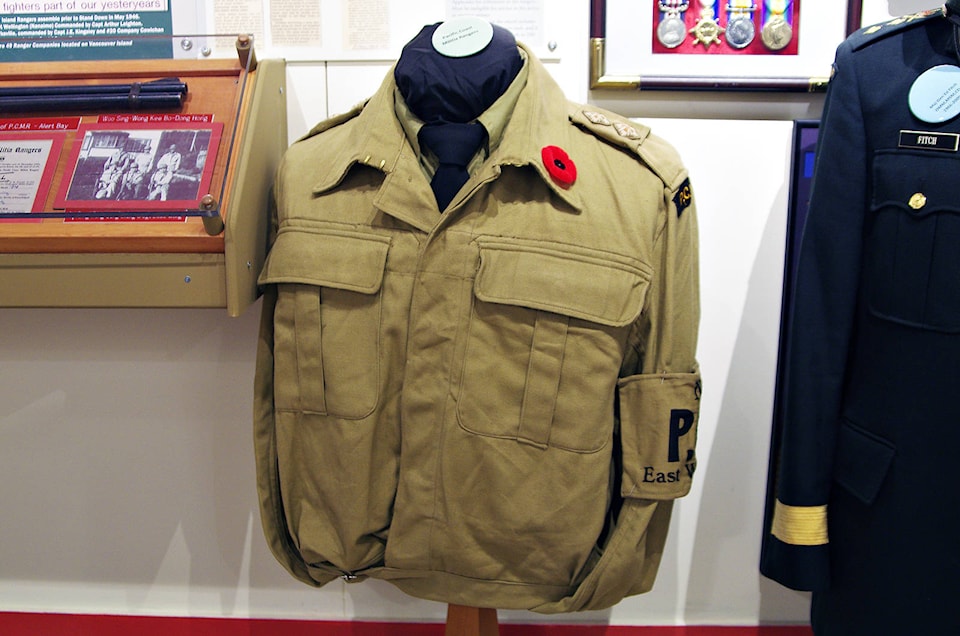B.C.’s outdoorsmen were the army’s eyes and ears against possible Japanese military action.
The Second World War was well underway when Japan attacked Peal Harbour, but the action sparked fear that a full-scale invasion could happen at any time along North America’s West Coast.
There are plenty of places along B.C.’s coast where ships and a military force could slip in unnoticed. Japanese forces had established a presence on Alaska’s Aleutian Islands and the Estevan Point lighthouse on Vancouver Island had reportedly been fired upon by Japanese submarine. A second submarine shelled Fort Stevens on the mouth of the Columbia River in Oregon. An oil refinery in California came under attack and Japanese fire balloons appeared in B.C.’s skies, designed to touch down and set ablaze forests, crop fields and structures.
A force of eyes and ears was needed along the coast, but the Canadian military couldn’t divert forces, needed to fight in Europe and the Pacific, for a home guard.
The military turned to B.C. communities and recruited male volunteers who were too young or too old for military service or worked in essential industries to serve in a home defence force. The Pacific Coast Militia Rangers were formed in 1942.
“Fifteen thousand of these guys were recruited and they answered, not to the local military,” said Brian McFadden, Vancouver Island Military Museum vice-president. “They were headquartered, of course here, but they answered to the Department of National Defence in Ottawa. These were the guys that took the army and showed them where the fire balloons were.”
Of the 138 militia ranger units formed, one of the largest was in Nanaimo with more than 40 men, but most were in tiny remote communities and were truly multi-ethnic and included many Chinese and First Nations members. A good portion of the volunteers were First World War veterans.
The militia volunteers were each issued basic equipment that included pants, a tunic similar to a timber cruiser jacket, a hat similar to a modern Tilley hat, an axe and a pack board. The volunteers could buy a rifle with a government certificate for $5 and could select from a 30.06, .303 Enfield, 30-30 Winchester rifle. Some Sten submachine guns were also issued. The government also supplied ammunition.
“Many of them just used their own hunting rifles because that’s what they were used to,” McFadden said.
Rangers were volunteers and received no pay, but training and out-of-pocket expenses were reimbursed by the government.
Training in the basics of guerrilla warfare was conducted by regular army unit training centres and those who were selected for training were sent back to their units to pass along skills they were taught, such as marksmanship, map-reading and wilderness survival.
The rangers were trained as a guerrilla army and they patrolled railways, mountain passes and remote ports and inlets, but they also guided army troops on wilderness patrols and assisted the army and police in searches for escaped prisoners of war and helped with search and rescue missions to find downed military aircraft.
When the war in the Pacific neared its end, so did the possibility of a military invasion. The Pacific Coast Militia Rangers was disbanded in May 1945, but their legacy lives on in the Canadian Rangers. Formed in 1947, the Canadian Rangers are part of the Canadian Armed Forces with about 5,000 members who operate in Canada’s remote, isolated and coastal regions providing national security under the Pacific Coast Militia Rangers’ original motto, “Vigilans.”
photos@nanaimobulletin.com
Like us on Facebook and follow us on Twitter
